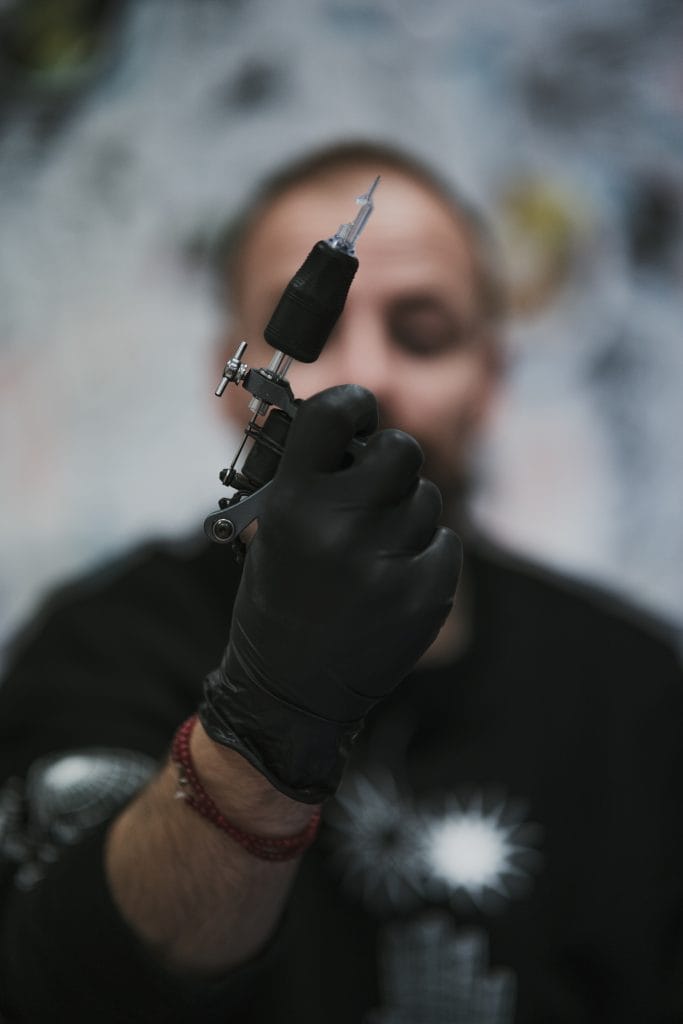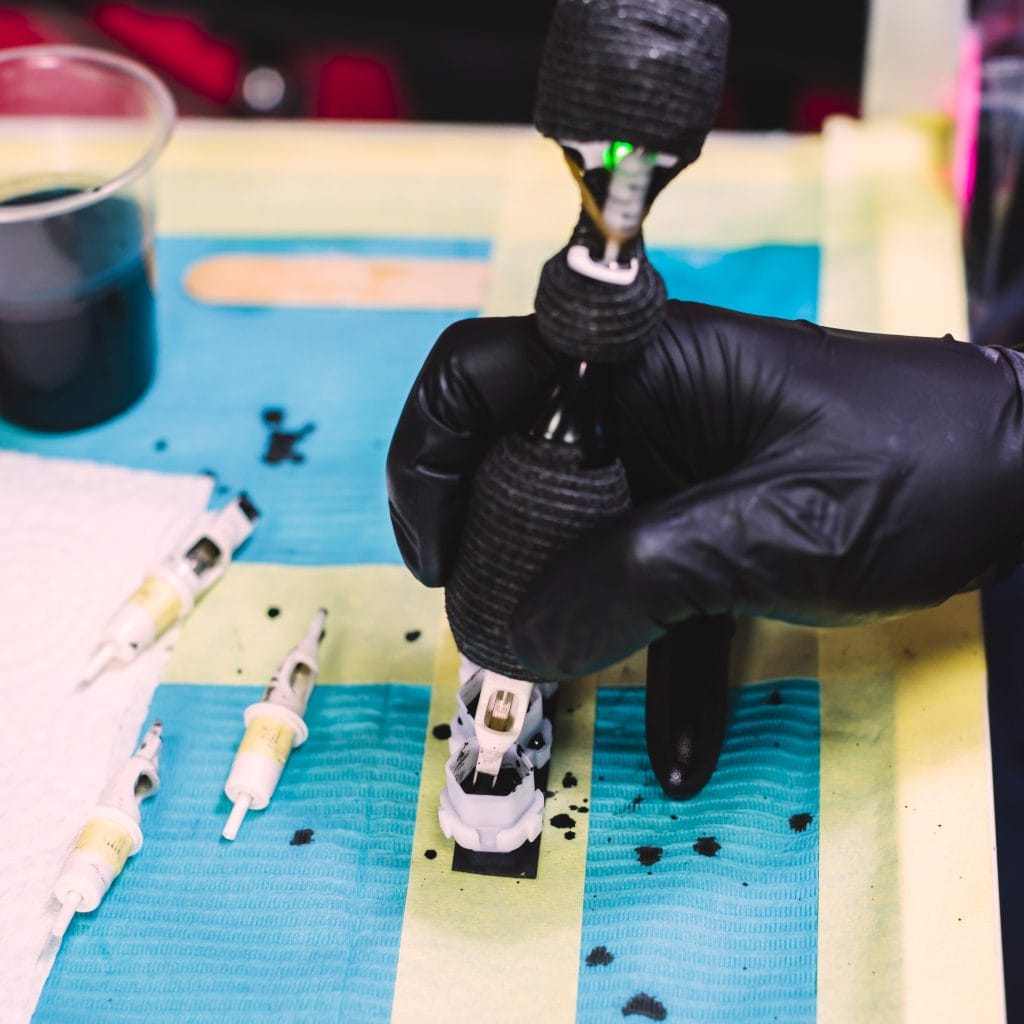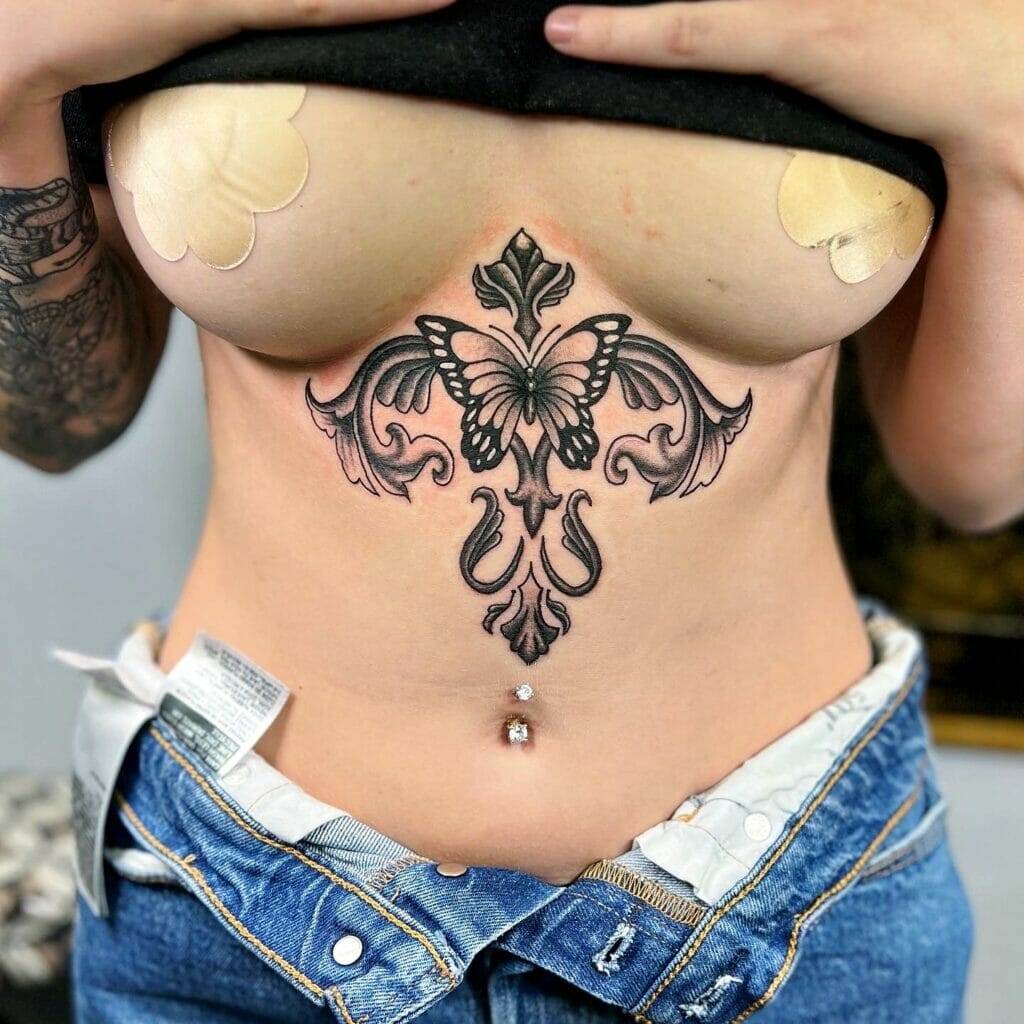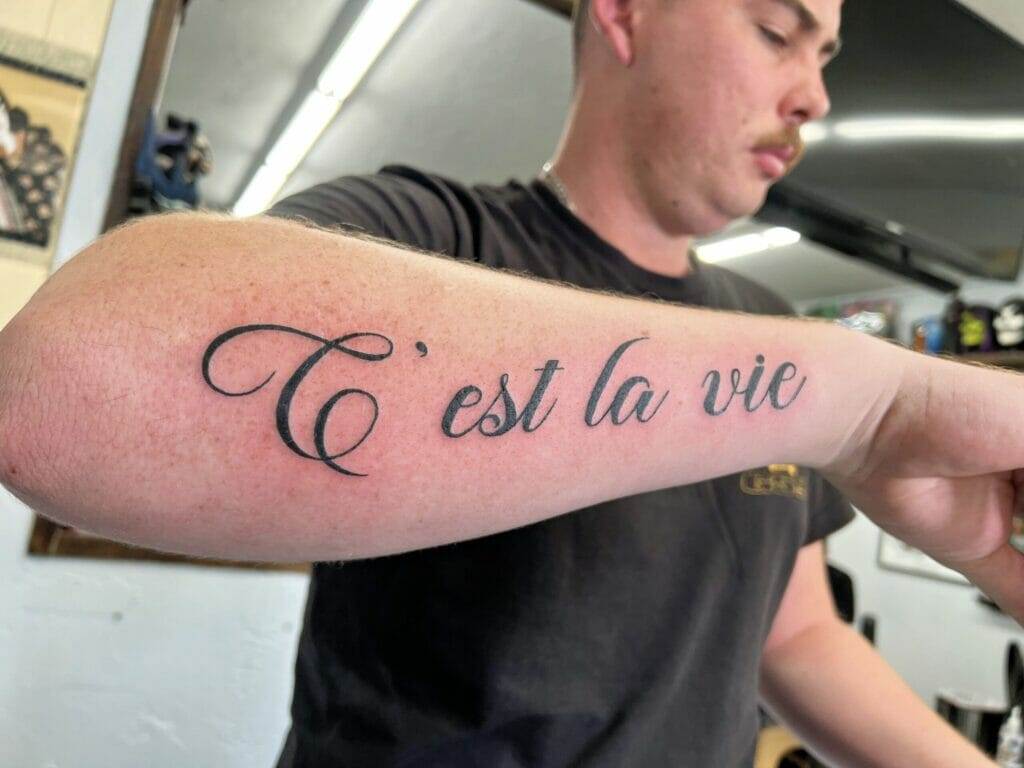Tattoo placement is a crucial aspect of the tattooing process that can significantly influence the overall experience and outcome. The location of a tattoo on the body not only affects its visibility and aesthetic appeal but also plays a vital role in the pain level experienced during the tattooing process. For many individuals, choosing the right spot for their tattoo is as important as selecting the design itself.
This decision often involves a blend of personal significance, cultural considerations, and practical factors such as visibility and pain tolerance. When contemplating where to place a tattoo, it is essential to consider how the chosen location aligns with one’s lifestyle and personal expression. Some may prefer more discreet areas that can be easily covered, while others might opt for more visible placements that showcase their art.

Additionally, understanding the anatomy of the body and how it relates to tattooing can help individuals make informed decisions about where to get inked. This article will delve into the various aspects of tattoo placement, including pain levels associated with different areas of the body, to provide a comprehensive guide for those considering their next tattoo.
Key Takeaways
- Tattoo placement can greatly affect the pain experienced during the tattooing process.
- Understanding the pain scale can help individuals prepare for the level of discomfort they may experience during a tattoo.
- Least painful tattoo placements include areas with more flesh and fewer nerve endings, such as the outer arm and upper back.
- Moderately painful tattoo placements include areas with thinner skin and more nerve endings, such as the ribs and ankles.
- Most painful tattoo placements include areas with high nerve density and proximity to bone, such as the hands, feet, and inner thigh.
Understanding the Pain Scale
Pain perception during tattooing varies widely among individuals, influenced by several factors including personal pain tolerance, the skill of the artist, and the specific area of the body being tattooed. The pain scale for tattoos is often categorized into three levels: least painful, moderately painful, and most painful placements. Understanding this scale can help individuals prepare mentally and physically for their tattoo experience.
The pain associated with getting a tattoo is primarily due to the needle puncturing the skin repeatedly. Different areas of the body have varying densities of nerve endings and skin thickness, which can affect how much pain is felt during the process. For instance, areas with more muscle and fat tend to be less painful than those with thin skin or close proximity to bones.
By familiarizing oneself with these distinctions, individuals can better anticipate their experience and choose placements that align with their comfort levels.
Least Painful Tattoo Placements
When it comes to finding the least painful spots for tattoos, certain areas of the body stand out as more forgiving than others. Generally, regions with more flesh and muscle tend to provide a more comfortable experience. The outer arm is often cited as one of the least painful locations for a tattoo.
This area has a good amount of muscle and fat, which helps cushion the sensation of the needle. Additionally, the skin on the outer arm is relatively thick, further reducing discomfort. Another popular choice for those seeking a less painful tattoo experience is the thigh.
Similar to the outer arm, the thigh is well-padded and has fewer nerve endings compared to more sensitive areas. This makes it an ideal location for larger pieces or first tattoos, as individuals can focus on the design rather than the pain. The calf is also considered a low-pain area, providing ample space for creativity while minimizing discomfort.
These placements are often recommended for first-timers or those who may be apprehensive about pain.
Moderately Painful Tattoo Placements
As we move up the pain scale, certain areas of the body are classified as moderately painful for tattoos. These locations typically have a mix of muscle and bone exposure, leading to a more noticeable sensation during the tattooing process. The upper arm, while still relatively comfortable compared to other areas, can present a moderate level of discomfort due to its proximity to bone and nerve endings.

The ribs are another area that falls into this category. While they can accommodate intricate designs, getting tattooed on the ribs can be quite painful due to the thin skin and proximity to bone. Many individuals report that this area is particularly sensitive, especially when the needle gets closer to the spine or sternum.
Similarly, tattoos on the back can vary in pain level depending on whether they are placed on fleshy areas or closer to bony structures like the spine.
Most Painful Tattoo Placements
For those who are curious about where tattoos can be most painful, several areas are notorious for their high discomfort levels. The inner bicep is often cited as one of the most sensitive spots due to its thin skin and proximity to numerous nerve endings. Many individuals find that getting inked here can be an intense experience, making it less suitable for those with low pain tolerance.
Another highly sensitive area is the spine. Tattoos along the spine can be excruciating due to the thin skin and proximity to bone and nerve endings. The sensation can be particularly sharp as the needle moves along this bony structure.
Similarly, areas like the armpit and hands are also known for their high pain levels. The skin in these regions is thin and sensitive, making them some of the most challenging spots for tattooing.
Factors Affecting Pain Perception
Pain perception during tattooing is not solely determined by location; several other factors come into play that can influence an individual’s experience. One significant factor is personal pain tolerance, which varies from person to person. Some individuals may have a higher threshold for pain due to previous experiences or natural disposition, while others may find even minor discomfort overwhelming.
Additionally, mental state plays a crucial role in how pain is perceived during tattooing. Anxiety or fear can heighten sensitivity to pain, making even less painful areas feel more uncomfortable. Conversely, being relaxed and mentally prepared can help mitigate discomfort.
Other factors include fatigue levels, hydration status, and overall health; being well-rested and hydrated can contribute to a more positive experience.
Tips for Managing Tattoo Pain
Managing pain during a tattoo session is essential for ensuring a comfortable experience. One effective strategy is to communicate openly with your tattoo artist about your concerns regarding pain levels. A skilled artist can adjust their technique or take breaks as needed to help alleviate discomfort.
Additionally, bringing along distractions such as music or a friend can help take your mind off the sensation. Another helpful tip is to consider using topical numbing creams before your appointment. These creams can help dull the sensation in sensitive areas and make the process more bearable.
Staying hydrated and well-nourished before your session can also play a significant role in managing pain; being in good physical condition helps your body cope better with stressors like tattooing.
Conclusion and Final Considerations
In conclusion, understanding tattoo placement and its associated pain levels is crucial for anyone considering getting inked at Funhouse Tattoo in San Diego or elsewhere. By familiarizing oneself with various body areas and their respective pain scales, individuals can make informed decisions that align with their comfort levels and personal preferences. Whether opting for less painful placements like the outer arm or thigh or braving more sensitive areas like the ribs or spine, knowledge is key.
Ultimately, each person’s experience will be unique based on individual factors such as pain tolerance and mental state. By preparing adequately and employing strategies for managing discomfort, individuals can enhance their tattoo experience significantly. Funhouse Tattoo offers a welcoming environment where clients can discuss their concerns openly with skilled artists who prioritize comfort alongside artistry.
With careful consideration and preparation, getting a tattoo can be an enjoyable journey of self-expression rather than a painful ordeal.



